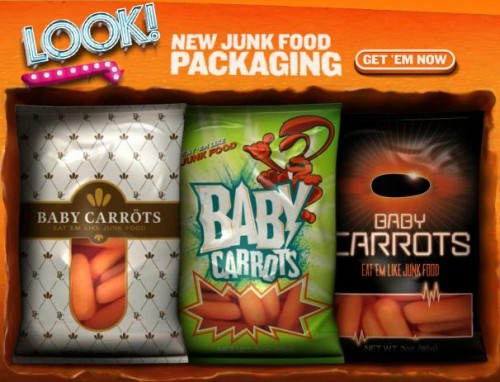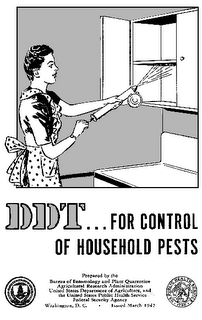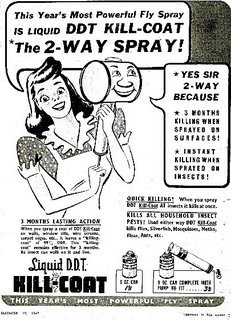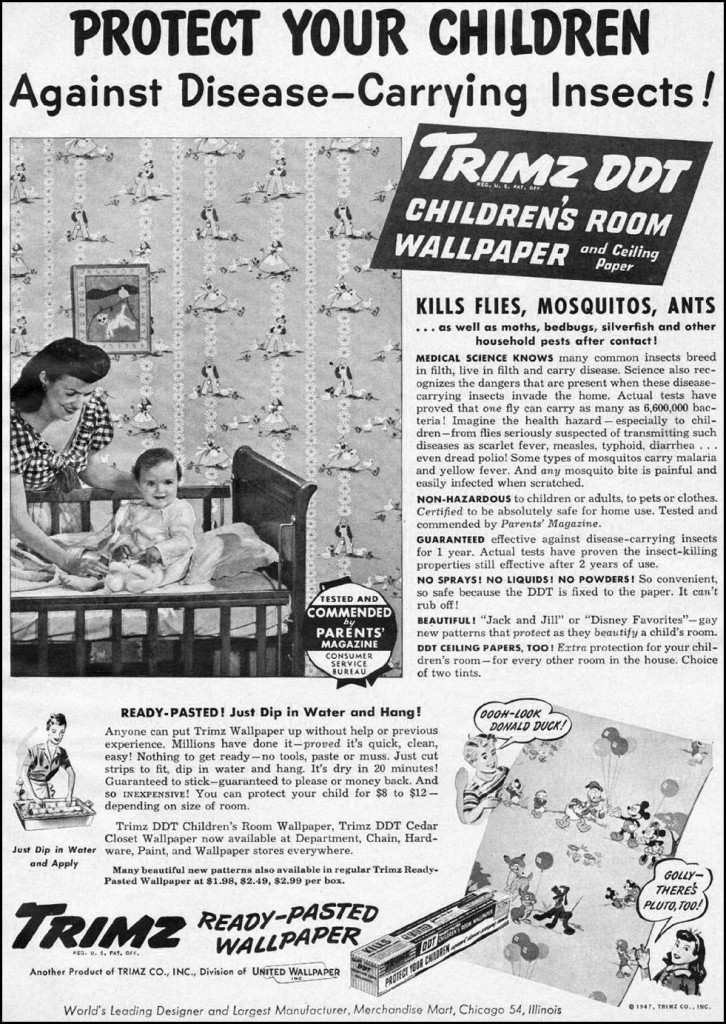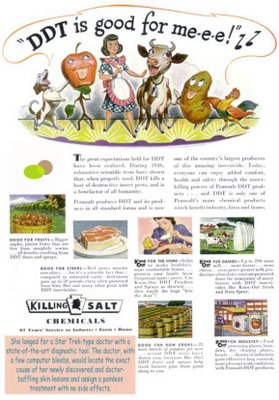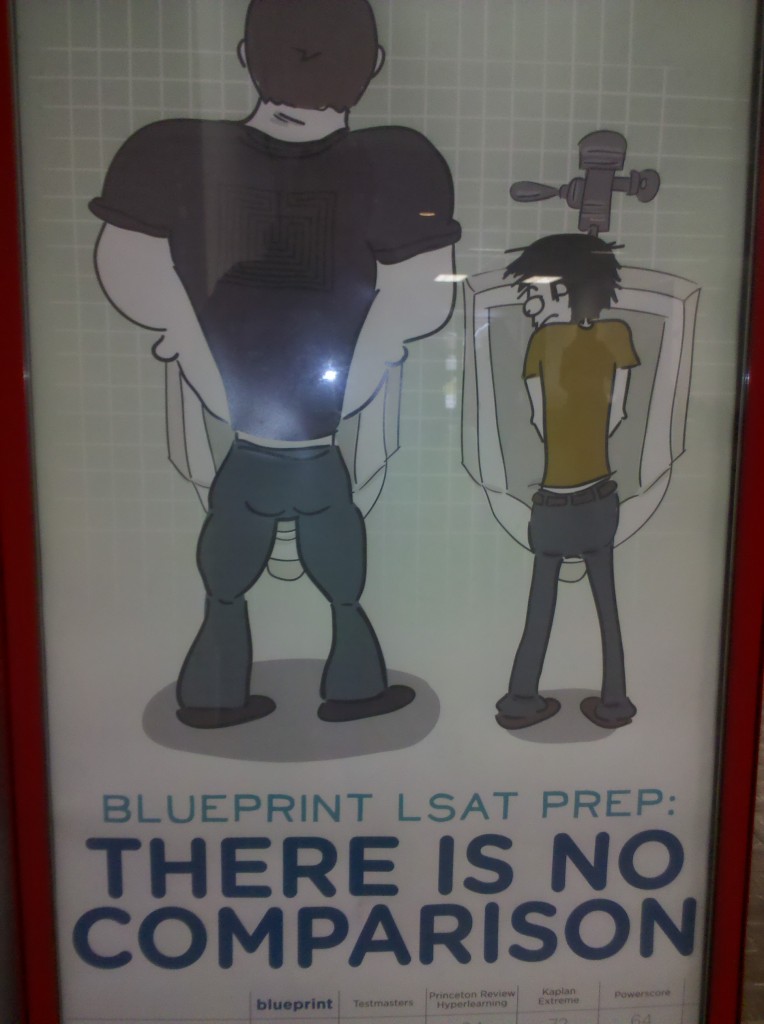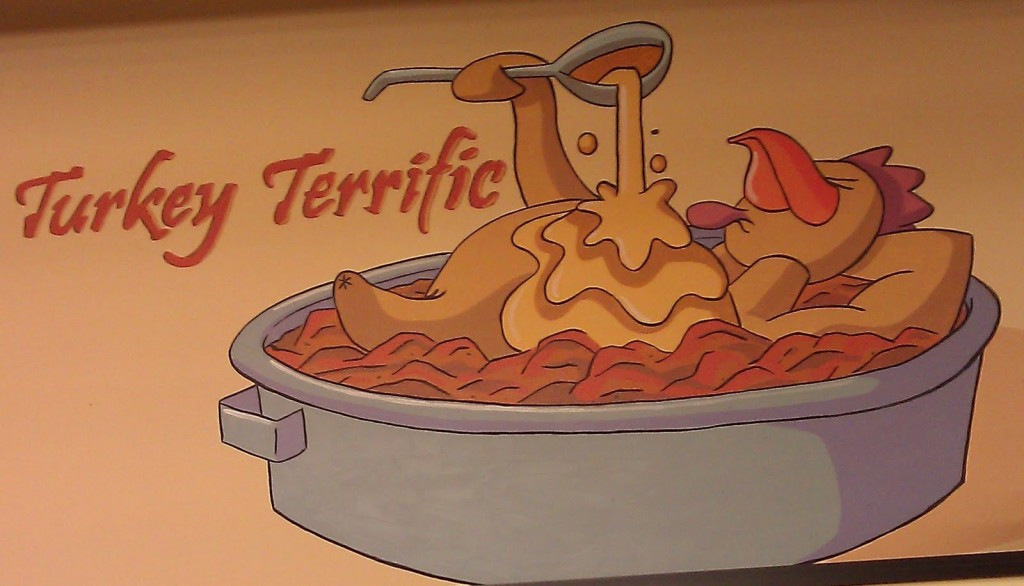I recently watched a reading of a play, New Jerusalem, with a cast of five men and two women. One woman was a love interest, the other was an emotional, screechy brat. By the end of the play I was so tired of the stereotype, I just wanted the play to end.
Thanks to Kristin, Christine, Amanda, Dolores R., Dmitriy T.M., and Nathan Meltz (whose awesome artwork we’ve previously featured), I am now aware that, coincidentally, this is the week that the California Milk Processor Board decided to roll out its new ad campaign. The campaign suggests that milk can save men from their cyclically bitchy girlfriends and wives. Milk, the claim is, helps alleviate the symptoms of PMS (but see this take down). And gawd knows there is nothing more annoying than an emotional, screechy, bitchy brat of a woman. Their website, Everything I Do is Wrong, asks “Are you a man living with PMS?” It links likelihood of PMS with the availability of chocolate, silver, and gold:
Tracks the “Global PMS Level”:
It suggests that women irrationally punish men for not knowing answers to trivial questions:
And purports to show men how to enhance their apologies with cheesy imagery and self-flagellation:
It’s overall a nasty soup of derogatory ideas about women and how unbelievably annoying they are to live with. Though, as Christine wrote, it’s also…
…sexist in the way that they stereotype men as ineffective communicators, who are terrified of emotional women and the “feminine mystique” of menstruation because they (obviously) lack the faculties with which to properly negotiate any disagreements they might have with the women in their lives.
Here are some of the more delightful print ads:
The stereotype is ubiquitous. You can also find it at The Daily Cramp, a website sent in by Janine P. that says it will track your woman’s menstrual cycle and let you know when you can expect her to act crazy:
There’s also an app with the same gimmick.
And it’s been around for a long time. This vintage ad for Midol, sent in by Jillian Y. and Lexi A.-L., tells women to medicate themselves on behalf of their “guy,” so they can be “good to be around, any day of the month”:
The problem with this stereotype is that it encourages people to see women as periodically irrational and also more generally dismiss-able. It allows us to conflate screechiness and bitchiness with being female.
The milk board’s commentary on the negative response has been, essentially, “Aw come on, it’s all in good fun! Can’t you take a joke!” I get, milk board, that this is humorous. I totally get that. It’s also an offensive stereotype. The two aren’t mutually exclusive.
See also: menstruation masculinizes women, a princess with pms who threatens to drown the land with her tears, delegitimating Hillary Clinton with pms-jokes, and our previous post on gender and the rest of the California Milk Processing Board’s website.
Lisa Wade, PhD is an Associate Professor at Tulane University. She is the author of American Hookup, a book about college sexual culture; a textbook about gender; and a forthcoming introductory text: Terrible Magnificent Sociology. You can follow her on Twitter and Instagram.










